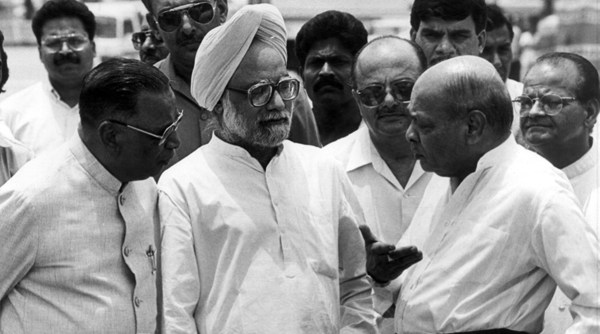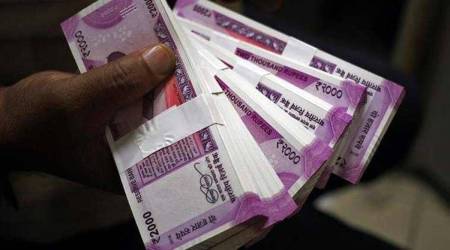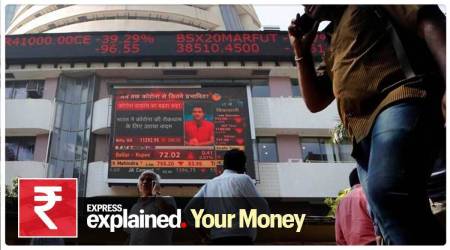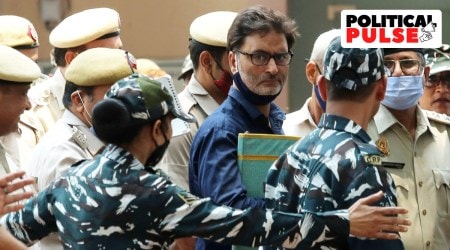P V Narasimha Rao, 10th Prime Minister who ushered in economic reforms

Pamulaparti Venkata Narasimha Rao served as the 10th Prime Minister of India, who ushered the country into an era of economic reforms. Rao served as the PM from June 21, 1991, to May 16, 1996, for a total of 1,791 days.
Rao, who was born on June 28, 1921, at Vangara in Karimnagar district in Andhra Pradesh, had a legislative experience of over 40 years. He was a member of the Andhra Pradesh Assembly from 1957 to 1977 and a member of the Lok Sabha from 1977 to 1998 (from sixth to eleventh Lok Sabha).
He became a member of the All India Congress Committee (AICC) in 1951. In 1957, he became a member of the Andhra Pradesh Assembly after winning from Manthani seat (now in Peddapalli district in Telangana). He represented the same constituency for three more terms – in 1962, 1967 and 1972.
In 1962, Rao became a minister in the Andhra Pradesh government and held various portfolios including law, education and health until 1971, when he took over as the Chief Minister. He remained the CM till 1973.
In 1977, Rao entered national politics after winning from Andhra Pradesh’s Hanamkonda parliamentary constituency. He was re-elected from the same constituency in 1980, when he was inducted into the Indira Gandhi ministry as the external affairs minister. Later, he also served as the home minister in the Indira government.
In the 1984 polls, he contested from Maharashtra’s Ramtek constituency and won with a huge margin. Rajiv Gandhi, who became the PM, then appointed Rao as the deputy chairman of the Planning Commission, where he served till early 1985. Subsequently, he joined the Rajiv Cabinet as the defence minister. He held various key portfolios in the Rajiv government.
The Congress lost the 1989 Lok Sabha polls, even as Rao again won from the Ramtek constituency. While the Congress was the principal Opposition, Rao became a member of the Consultative Committee of the Ministry of External Affairs.
In the 1991 general elections (10th Lok Sabha), the Congress made a comeback by winning 232 of 487 seats it contested. Rao, however, did not contest the election. So, after the election results following the assassination of Rajiv Gandhi, when Rao was sworn in as the PM on June 21, 1991, he was not a member of Parliament. However, a few months later, he contested the bypoll from Andhra Pradesh’s Nandyal constituency and won.
The Congress lost the general elections in 1996, when Rao contested from two constituencies –Nandyal and Odisha’s Berhampur – winning from both seats. Later, he chose to retain Berhampur and resign from Nandyal.
 Former Prime Minister PV Narasimha Rao (right) with Dr Manmohan Singh. (Express archive photo by Ravi Batra)
Former Prime Minister PV Narasimha Rao (right) with Dr Manmohan Singh. (Express archive photo by Ravi Batra)
In 1991, when Rao assumed the office of the PM, the country was facing challenges on various fronts but the biggest problem was the economic crisis threatening the macro-economic stability of the country. His government immediately launched several economic reforms. And, in its very first Budget, presented by then finance minister Manmohan Singh on July 24, 1991, it laid the roadmap of the country’s economic reforms.
Rao had a tumultuous tenure that saw demolition of the Babri mosque in Ayodhya on December 6, 1992. Just months before that fateful day, he had made a statement on the Ram Janmabhoomi-Babri Masjid dispute in the Lok Sabha on July 27, 1992, in which he said, “The Congress is for the construction of the temple without dismantling the mosque.”
In 1996, the Congress could win only 140 of 529 seats it had contested, which was till then its lowest tally since the first Lok Sabha poll held in 1951. The BJP, with 161 seats, emerged as the single largest party. Rao became the Congress Parliamentary Party leader in May 1996.
A polyglot, Rao translated several books from Telugu into Hindi.





